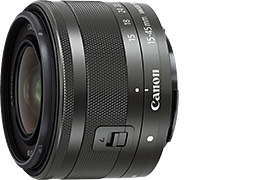Canon's latest mirrorless camera, the EOS M6, not only boasts enhanced basic performance, but also various shooting features that help fulfill a photographer's shooting intentions. Let’s take a look at the 3 powerful features at its core. (Reported by: Sayaka Suzuki)
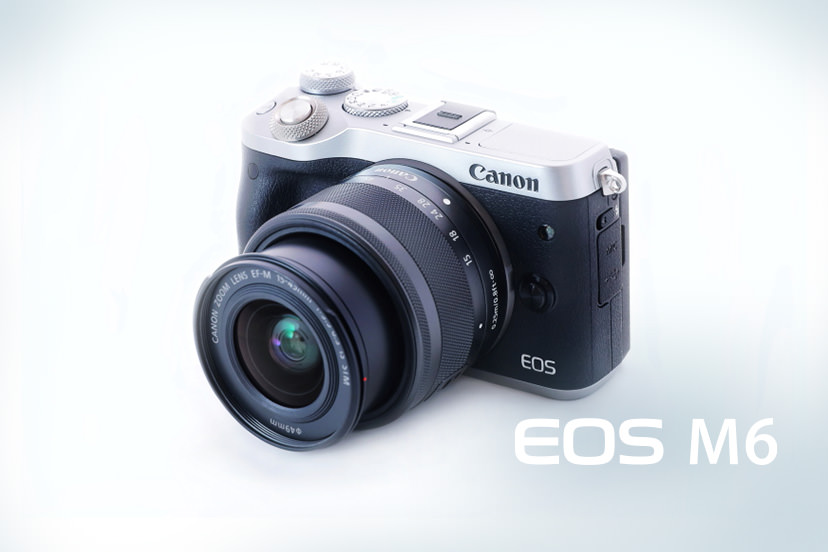
1. Image sensor
Simply put, the EOS M6 is a small yet high-performance camera. It is equipped with an APS-C size sensor and Dual Pixel CMOS AF, with an effective pixel count of 24.2 megapixels.
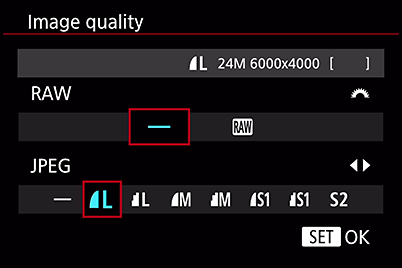
With DIGIC 7 as its image processor, the EOS M6 delivers image quality that allows you to enjoy large-size printing and view your images on large screens. Despite its familiar exterior, the camera’s improved shooting performance provides a sense of excellence that you can only experience first-hand.


EOS M6/ EF-M15-45mm f/3.5-6.3 IS STM/ FL: 24mm/ Aperture-priority AE (f/8, 0.8sec, EV+0.7)/ ISO 3200/ WB: Manual
A point of interest that has evolved greatly is, of course, the DIGIC 7 image processor, which enables shooting of beautiful images at high ISO speeds with minimal noise.
The normal ISO speeds range from ISO 100 to 25600. The fact that the range is this wide means that you can shoot using values that are considered “high ISO speed”, and which until recently were unavailable except on higher-end cameras. It is very reassuring that there is potential for improvement beyond the ISO speeds that have been in use to date.
Click here to read more about ISO speed and how it affects your photos:
Camera Basics #5: ISO Speed
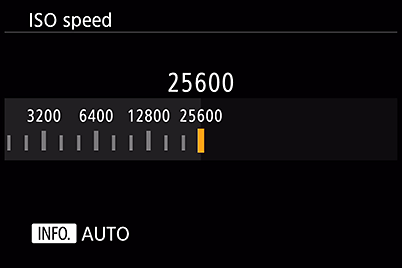
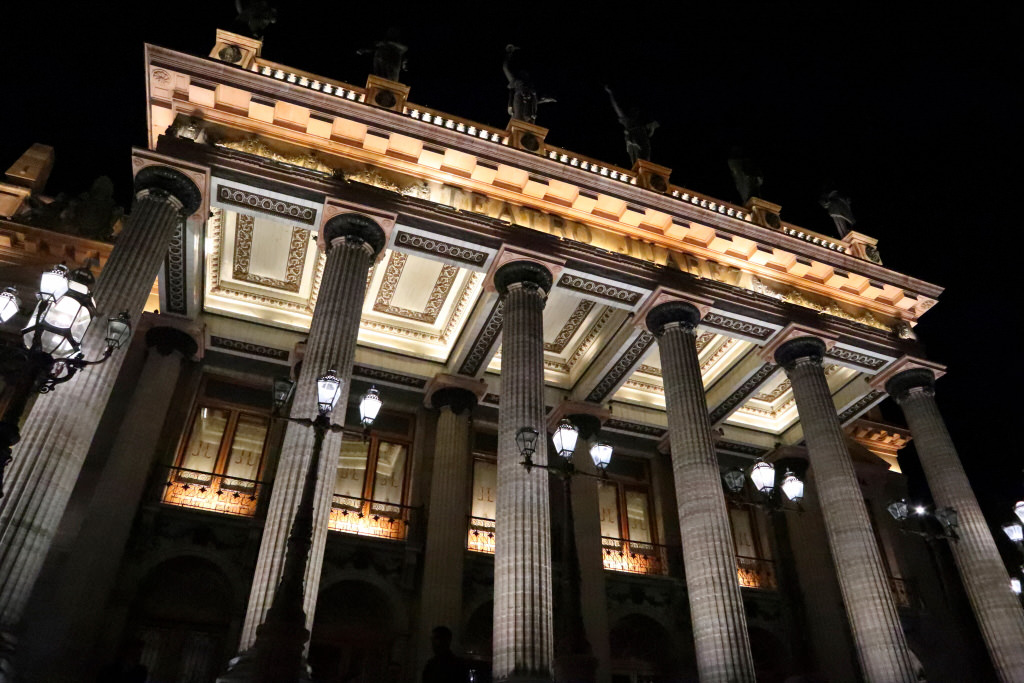
EOS M6/EF-M15-45mm f/3.5-6.3 IS STM/ FL: 15mm/ Aperture-priority AE (f/8, 1/100sec, EV±0)/ ISO 12800/ WB: Auto
2. AF system
The most noteworthy feature on the EOS M6 is the Dual Pixel CMOS AF system, which enables stable, high-speed focusing under any shooting conditions. This is also available on the flagship model of the EOS-series, the EOS-1D X Mark II.
Dual Pixel CMOS AF consists of a sensor containing 24.2 million pixels, with each pixel composed of two separate photodiodes. The pixels on the sensor are not only for imaging, but also acts as a phase-difference detection AF sensor. This proprietary mechanism from Canon enables high-speed focusing that can even capture fast-moving subjects, as well as subjects which have colour tones that are difficult to detect.
![]()
Moreover, with Dual Pixel CMOS AF, AF is enabled across approximately 80% x 80% (horizontal x vertical) of the frame. This high-level feature is packed into the small body of the EOS M6.
As for the autofocus (AF) methods, in addition to "Face + Tracking" and "1-point AF" that was available on previous models, "Smooth Zone AF" (suitable for use with subjects that move fast and unpredictably) that was first added on the EOS M5 is also available.

3. Wireless functionality
Support for social media has also been taken into consideration, so the camera can be paired with a smartphone using Wi-Fi and Bluetooth, in addition to being NFC-compatible. This feature enables easy transfer of photos taken on the EOS M6 to a smartphone for uploads to social media. (Read more about Wi-Fi features here.) For data transmission, this requires the installation of the dedicated Camera Connect app on your smartphone, which also enables you to carry out remote shooting.
Here are some ideas and tips for using the Wi-Fi features:
Fun Ways to Use Your Camera’s Wi-Fi (Part 2): Real-Life Examples
6 Useful Tips for Remote Shooting via Wi-Fi with the Camera Connect App
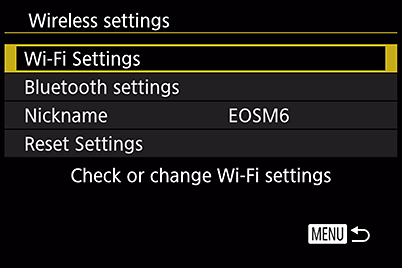
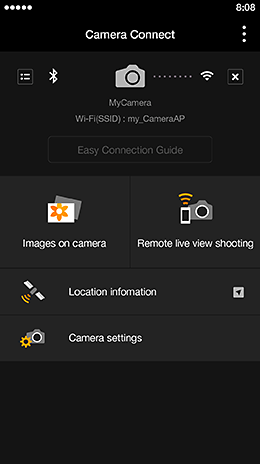
Looking at the features available on the EOS M6, it seems that the era of professional photographers using mirrorless cameras may well have arrived. All of the technology required for a camera is packed into this small-sized camera and lens, making the EOS M6 the sort of camera that anyone would want to take along with them as they see the world.
Need to know more about this camera? Check out the following:
5 Key Features of the EOS M6
In Focus: EOS M6
Receive the latest update on photography news, tips and tricks.
Be part of the SNAPSHOT Community.
Sign Up Now!About the Author
Delivers daily news related to topics such as digital cameras and peripheral devices, and imaging software. Also publishes articles such as reviews on the use of actual digital camera models and photo samples taken using new models.
After graduating from the Department of Design in the Tokyo University of Art and Design, Suzuki worked in video production before becoming an independent photographer in February 2012. A versatile photographer who shoots a variety of genres ranging from daily life photography to advertising work, her passion revolves around "lifestyle". She seeks to cherish the things within a 5-metre radius of herself in her personal projects. Suzuki also runs AtelierPiccolo, a shop that brings together the two things she loves most: lifestyle and photography.
Website: http://suzukisayaka.pupu.jp/about.html
Instagram: @sayakasuzuki_photo































